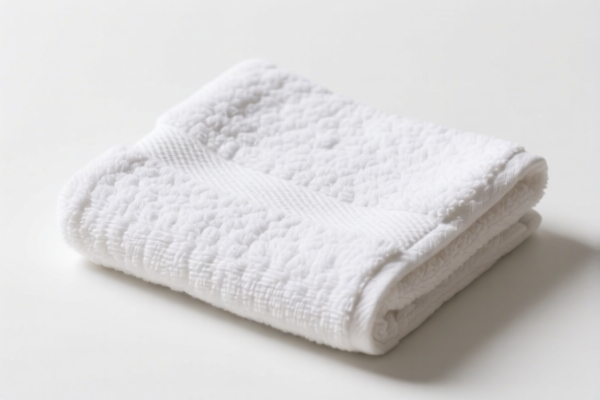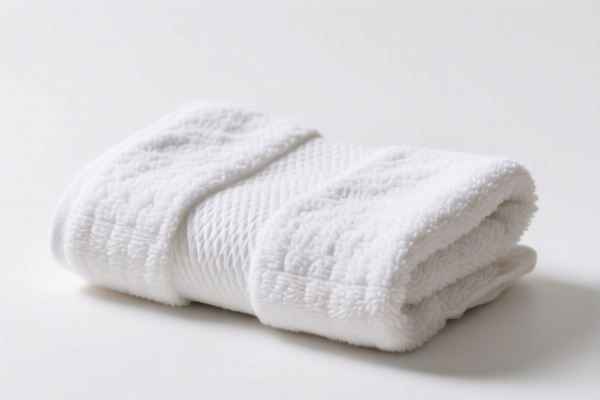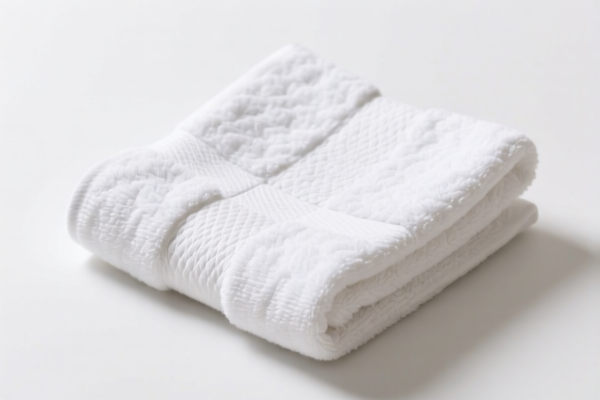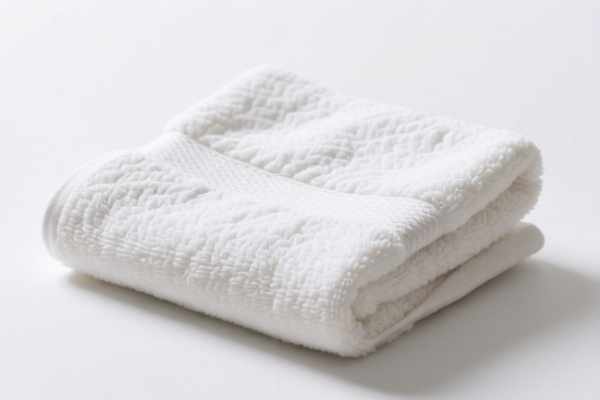| HS Code | Official Doc | Tariff Rate | Origin | Destination | Effective Date |
|---|---|---|---|---|---|
| 6302931000 | Doc | 36.2% | CN | US | 2025-05-12 |
| 6302221010 | Doc | 44.9% | CN | US | 2025-05-12 |
| 4202929100 | Doc | 72.6% | CN | US | 2025-05-12 |
| 3924104000 | Doc | 33.4% | CN | US | 2025-05-12 |
| 3924900500 | Doc | 40.6% | CN | US | 2025-05-12 |
| 3926905500 | Doc | 60.1% | CN | US | 2025-05-12 |
| 3926905600 | Doc | 60.1% | CN | US | 2025-05-12 |




Nylon Bath Towel
A nylon bath towel is a towel primarily composed of nylon fibers, used for drying the body after bathing or showering. While less common than cotton towels, nylon offers distinct characteristics influencing its use and suitability.
Material
Nylon is a synthetic polymer, a plastic, belonging to the polyamide family. It is created through a chemical process and exists as long chains of molecules. For towels, these fibers are spun into yarn and woven or knitted into fabric. Common nylon types used include Nylon 6 and Nylon 6,6, differing in their molecular structure and properties.
Purpose
The primary purpose of a nylon bath towel is absorption of water from the skin and hair. However, nylon towels are frequently chosen for applications where quick drying and durability are prioritized over the high absorbency of cotton.
Function
Nylon fibers possess inherent properties that contribute to the towel’s function:
- Quick Drying: Nylon has lower water absorbency than cotton, but it also dries significantly faster. This is due to its hydrophobic nature – it doesn’t retain water as long.
- Durability: Nylon is a strong and resilient fiber, making towels resistant to tearing and abrasion.
- Lightweight: Nylon towels are generally lighter in weight compared to cotton towels of similar size.
- Smooth Texture: Nylon fibers create a smoother texture than cotton, which some users find more comfortable.
- Resistance to Mildew: Nylon is less prone to mildew growth than cotton, especially in humid environments.
Usage Scenarios
- Travel: Due to their quick-drying and lightweight nature, nylon towels are popular for travel, backpacking, and camping.
- Gym & Sports: Their fast-drying properties make them suitable for use in gyms and for athletic activities.
- Baby Towels: Some baby towels utilize nylon blends for their softness and quick-drying capabilities.
- Pet Drying: Their durability and quick-drying characteristics make them useful for drying pets.
- Situations requiring frequent washing: Their resilience to wear and tear makes them suitable for commercial settings or households with high laundry frequency.
Common Types/Variations
- Microfiber Towels: Many “microfiber towels” are composed of nylon and polyester blends. These offer exceptional softness and absorbency, often surpassing pure nylon towels.
- Nylon/Cotton Blends: Combining nylon with cotton offers a balance of absorbency, durability, and softness.
- Waffle Weave Nylon Towels: The waffle weave creates a larger surface area, improving drying efficiency and providing a textured feel.
- Different Denier: The denier refers to the thickness of the nylon fibers. Lower denier towels are softer and more lightweight, while higher denier towels are more durable.
- Different Weaves: Terry cloth, rib weave, and other weaves are employed to modify the texture and performance characteristics of the towel.
Nylon bath towels are absorbent household textiles primarily used for drying the body after bathing or showering. They are composed of nylon fibers, a synthetic material known for its durability and quick-drying properties.
The following HS codes from the provided reference material may be relevant:
- 6302931000: Bed linen, table linen, toilet linen and kitchen linen: Other: Of man-made fibers: Pile or tufted construction. This code encompasses toilet linen, which includes bath towels, made from man-made fibers with a pile or tufted construction. The basic duty is 6.2%, with no additional tariff, but a 30% additional tariff applies after April 2, 2025, resulting in a total tariff of 36.2%.
- 6302221010: Bed linen, table linen, toilet linen and kitchen linen: Other bed linen, printed: Of man-made fibers: Containing any embroidery, lace, braid, edging, trimming, piping or applique work Pillowcases, other than bolster cases: Napped. While this code specifically mentions printed bed linen and pillowcases, it also includes other bed linen made of man-made fibers and may apply if the nylon bath towel is printed or has decorative elements like embroidery. The basic duty is 14.9%, with no additional tariff, but a 30% additional tariff applies after April 2, 2025, resulting in a total tariff of 44.9%.
Important Note: Determining the correct HS code requires careful consideration of the towel's construction and any decorative features. If the towel is printed or embellished, HS code 6302221010 may be more appropriate. If it is a plain, non-printed towel with a pile or tufted construction, HS code 6302931000 is likely the correct choice.
Customer Reviews
No reviews yet.